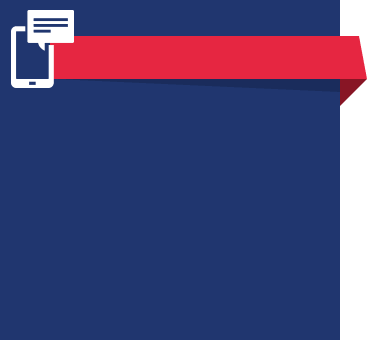Effective Pain Management Strategies for Burn Victims
Like most people, you have probably had a sunburn or accidentally touched a hot pan while cooking. Most burns are minor and heal on their own within a few days. However, a severe burn can cause significant discomfort and serious complications if left untreated. Therefore, it is important to be able to quickly evaluate the severity of a burn injury and seek appropriate care when necessary.
The experienced team of medical providers at South Tampa Immediate Care treats minor burns on a walk-in basis in Tampa, Florida. We can also help you understand the different types of burns and the associated recovery times.
Recognizing the Severity of a Burn Injury
There are three main types of burns:
First-Degree Burns
The mildest type of burn, a first-degree burn is a superficial injury that affects only the outermost layer of the skin (epidermis). Typically, the burned skin will appear red and slightly swollen, and the injury might cause mild pain and tenderness. Although the skin may peel, it will not blister. Most first-degree burns heal within a few days without scarring.
Second-Degree Burns
Also known as a partial-thickness burn, a second-degree burn has penetrated the second layer of skin (dermis) and may cause severe pain, swelling, and blistering. The burned skin may appear red or white and wet or shiny. Second-degree burns require medical attention and usually take a few weeks to heal.
Third-Degree Burns
Also known as a full-thickness burn, a third-degree burn has damaged all skin layers and some underlying tissues. The burned skin may appear white, charred, or leathery. Due to possible nerve damage, the injury may be painless. These symptoms indicate a medical emergency that warrants a visit to the nearest hospital ER. Treatment and healing can take up to several months, often necessitating removal of dead tissue, skin grafting, and long-term use of compression therapy to minimize scarring.
The Burn Healing Process
A basic understanding of the complex burn healing process can help manage expectations and improve care. Burns heal in three stages:
- Inflammation – The body’s immediate response to a burn injury is to send blood, nutrients, and immune cells to the injury site to help prevent infection. This phase may last for a few days.
- Granular tissue formation (proliferation) – The body will produce new tissue to repair the damage. This phase can last up to several weeks.
- Remodeling – The newly formed tissue will strengthen and mature, and the body will fill in any remaining gaps with collagen. This phase can take up to several months depending on the severity of the burn.
Pain Management for First-Degree Burns
Though mild, a first-degree burn can cause considerable discomfort. Effective pain management is essential to improve comfort and facilitate healing. Some commonly used medications for day-to-day pain relief include:
Over-the-Counter (OTC) Pain Relievers
Readily available without a prescription, OTC pain relievers such as acetaminophen or ibuprofen can help alleviate pain and reduce inflammation caused by a first-degree burn. It is important to follow the dosage instructions on the packaging and consult with a healthcare provider if you have questions.
Topical Analgesics
Also available over the counter, topical creams that contain lidocaine or benzocaine can provide localized pain relief if needed. Additionally, aloe vera gel and ointments that contain aloe can soothe tender skin and promote healing.
Additional Tips for Managing Burn Pain
To further ease the discomfort of a burn, it can be helpful to:
- Keep the skin moist – Apply an unscented, alcohol-free moisturizer to keep the burned skin hydrated and prevent dryness and itching.
- Use cool compresses – Apply a cool, damp cloth to the burned skin to soothe pain and reduce swelling. Avoid ice and extremely cold water, which can further damage the skin.
- Avoid sun exposure – Protect the burn from direct sunlight to prevent further irritation and damage. Once the burn has healed, wear protective clothing and sunscreen when outdoors.
When to Leave a Burn Wrapped vs. Unwrapped
The skin is the body’s first line of defense against pathogens, microbes, dirt, and debris. A burn affects that protective barrier. To help reduce the risk of infection, a minor burn should be thoroughly cleansed with lukewarm water and initially covered with antibiotic ointment and a sterile, non-stick bandage.
Once the burn injury begins to heal, it may be left uncovered if there are no blisters or open wounds and the injury can be kept clean and dry. When possible, it can be beneficial to expose the burned skin to air to prevent moisture buildup and prevent infection.
Learn More
If you have questions about burn treatment or need a pain management strategy for a minor burn, you can confidently entrust your care to South Tampa Immediate Care. Our experienced team can promptly assess your injury and suggest appropriate burn care. If we determine that you require emergency treatment, we can refer you to a nearby hospital in Tampa, FL.












